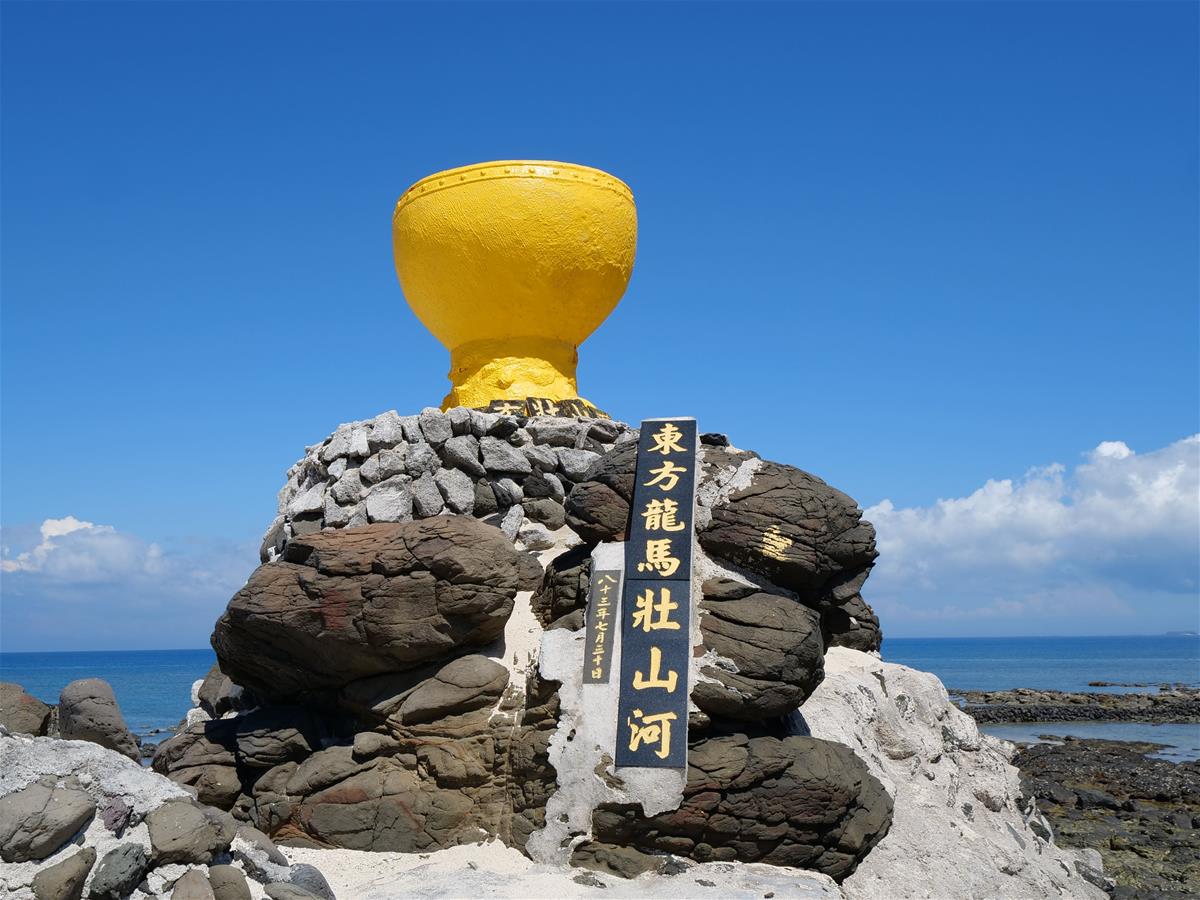Eastern Dragon Horse Introduction
The large stone bell and wooden fish stone pagoda on the east and west sides of Jibei Island's harbor are not ordinary constructions; they serve as the stone guardians of Jibei, commonly referred to as "East Bell West Beat." The stone guardians in Penghu are akin to the wind lions in Kinmen, representing a unique faith emerging from island residents. Surrounded by the sea and impacted by the northeast monsoon for half the year, along with poor soil that hampers agriculture, the adverse natural conditions, coupled with past epidemics believed to be caused by malevolent spirits, led the ancestors to seek peace through the stone guardian culture in Penghu. These guardians can take the form of towers, stone tablets, or talismans, and are typically placed around villages, by the sea, on hillsides, or at crossroads, embodying not only the faith of the Penghu people but also the distinctive local culture. The two stone guardians at Jibei Island's harbor are said to be built following a divine dream instructed by Guanyin Bodhisattva to the village elders, intended to protect residents and promote local prosperity. Thus, on the east side of the harbor, a yellow stone pagoda named "Dragon Horse" was constructed, while a red wooden fish stone pagoda was built on the west side, with inscriptions beside the stone towers reading "Eastern Dragon Horse Strengthens the Country" and "Western Territory Clouds Fly with the Sun and Moon," highlighting the spirit of Jibei. These two stone guardians also correspond to the "Evening Drum" and "Morning Bell" at the Guanyin Temple on the island, making them significant cultural assets of Jibei.



















